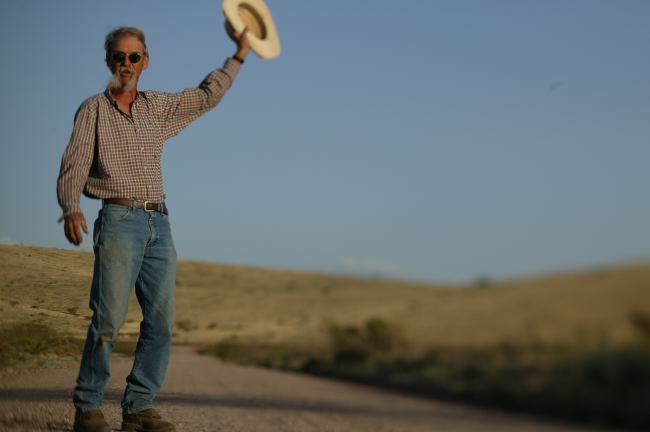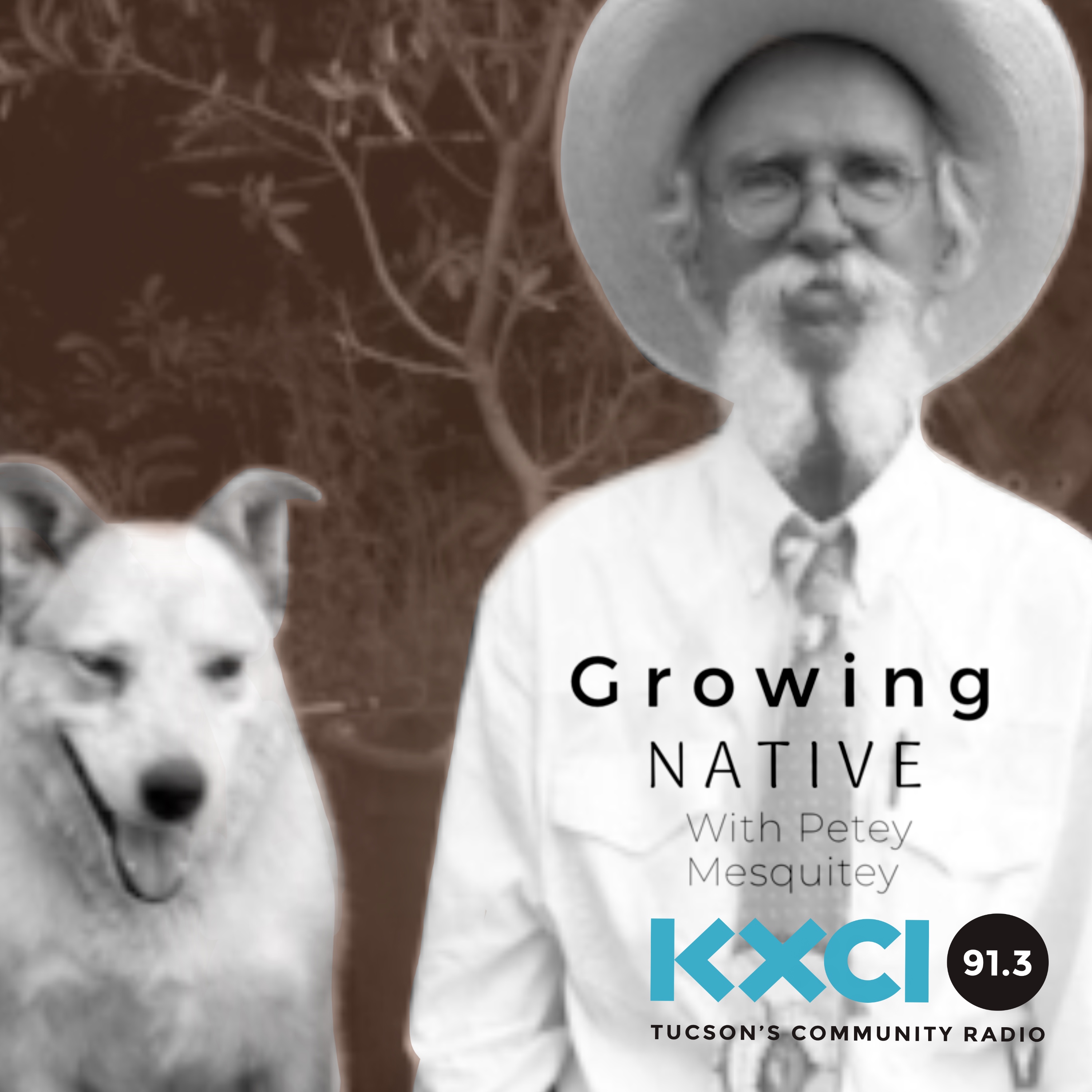When I was a kid growing up in Kentucky a lot of folks called sweet potatoes yams. Even in the grocery stores they were sold as yams. As it turns out it was the sweet potato cultivars with the sweeter, softer and moister flesh that were called yams. My Hortus Third says that yam is “a name more appropriately reserved for the true yams (Dioscorea).” Well, good luck with that. I still see sweet potatoes sold as yams in grocery stores. The word yam no doubt came over with African slaves who saw a similarity in the sweet potato (Ipomoea batatas) and the yam (Dioscorea spp.) of their homeland. A sad history if you give the subject any thought. But anyway, Ipomoea batatas is the genus and species of sweet potatoes and cultivars of this ancient crop come in many flesh textures and colors.
It’s pretty neat that it’s the genus Ipomoea, isn’t it? Hey, that’s the genus of morning glory! There are over 500 spp. of Ipomoea found around the world and they can be trees, shrubs, vines, perennials and annuals. There are close to 20 spp. found in Arizona, not all native, and though some have tuberous roots I don’t recommend you dig them up to eat. That’s reserved for the sweet and delicious Ipomoea batatas found in vegetable gardens around you and me.

This show is a “repetey” that originally aired in November of 2012. I’m happy to report that we have better rattlesnake handling equipment these days… a long snake stick that lets one of us clasp the snake around the middle and place it into a garbage can for its several hundred-yard journey to a new location and with the admonishment, “Take your time coming back.”
The sweet potato photo is from the seed catalog Johnny’s Select Seeds and that’s the cultivar Beauregard. Yum.

Petey snaps out of his winter doldrums and joins the world for spring. ‘Bout time Petey. Pollinator gardens are one of the most wonderful...

I use the common name wild cotton, but here are some other common names: Thurber’s cotton, desert cotton, and algodoncillo. Your choice, but if...

I read from the book I’m in Charge of Celebrations, but I could have read from many others. If you live in Tucson or...